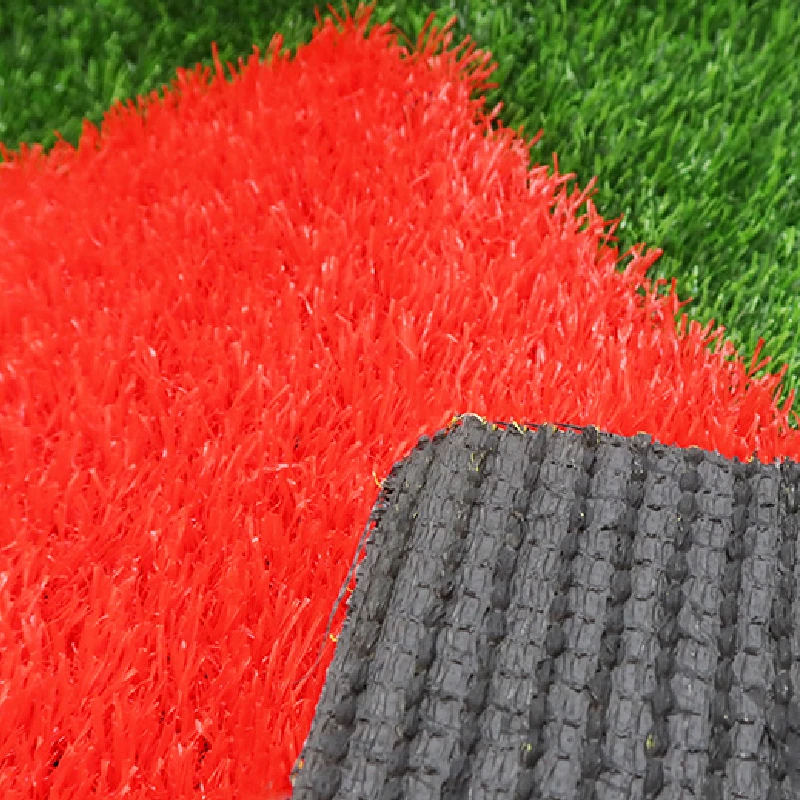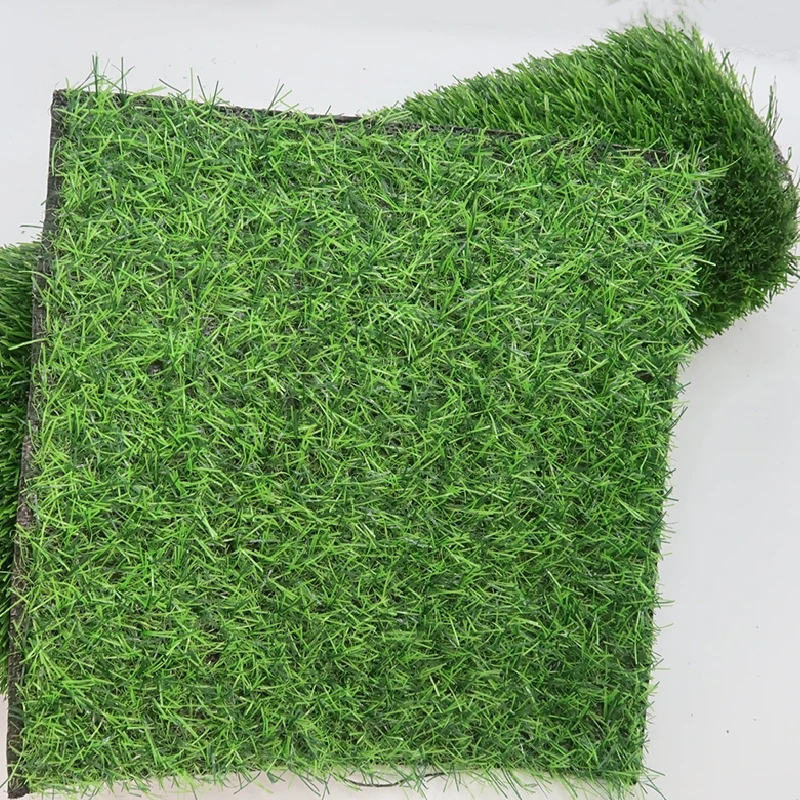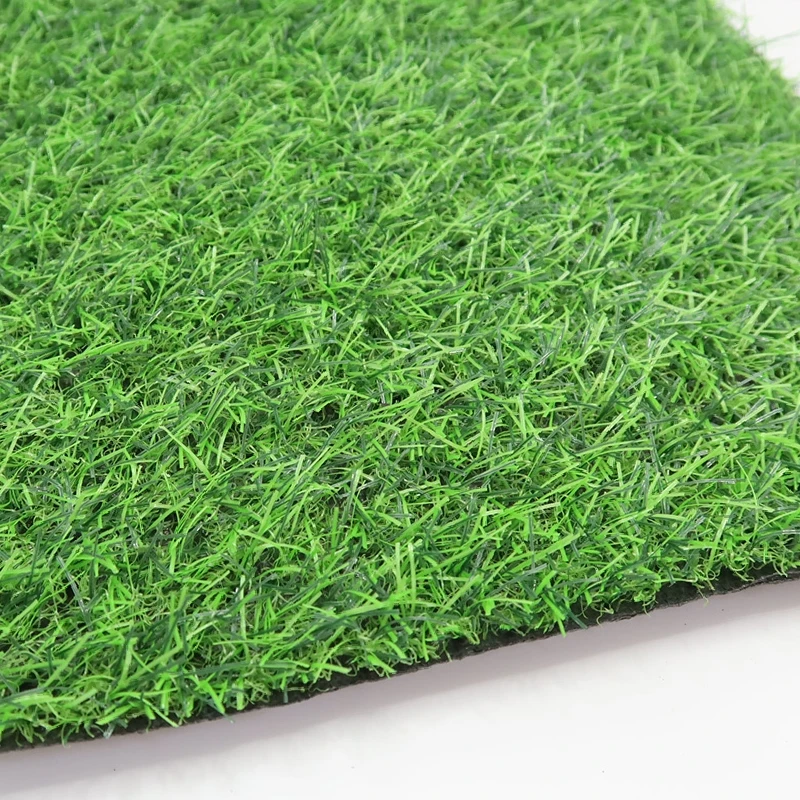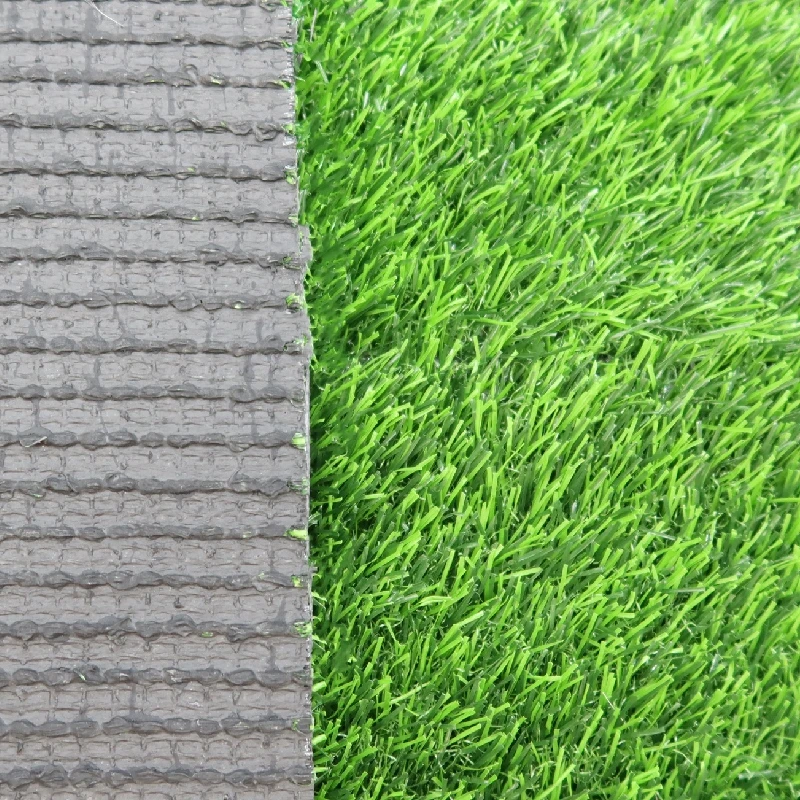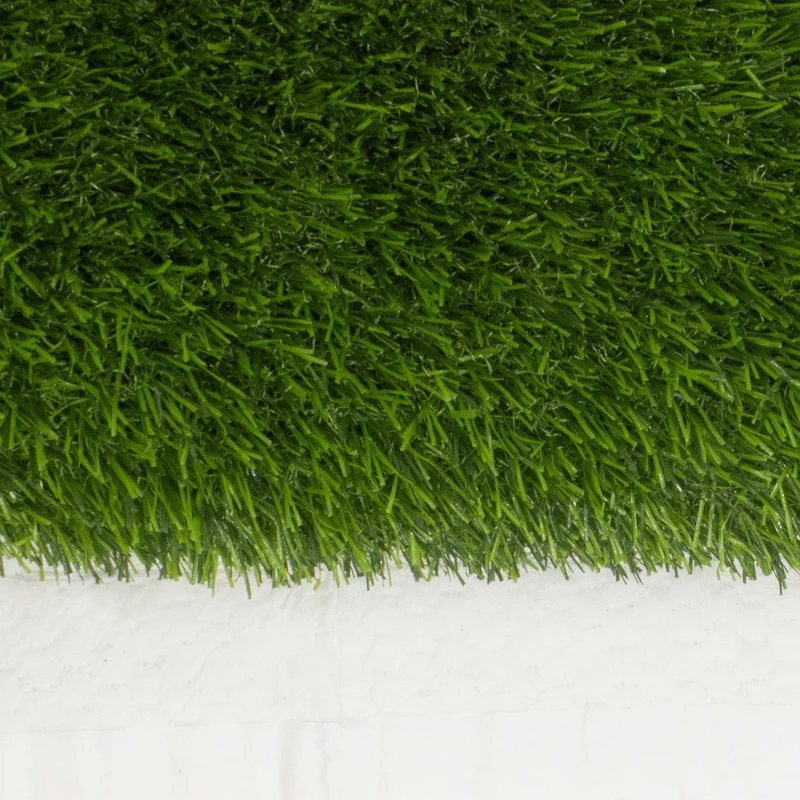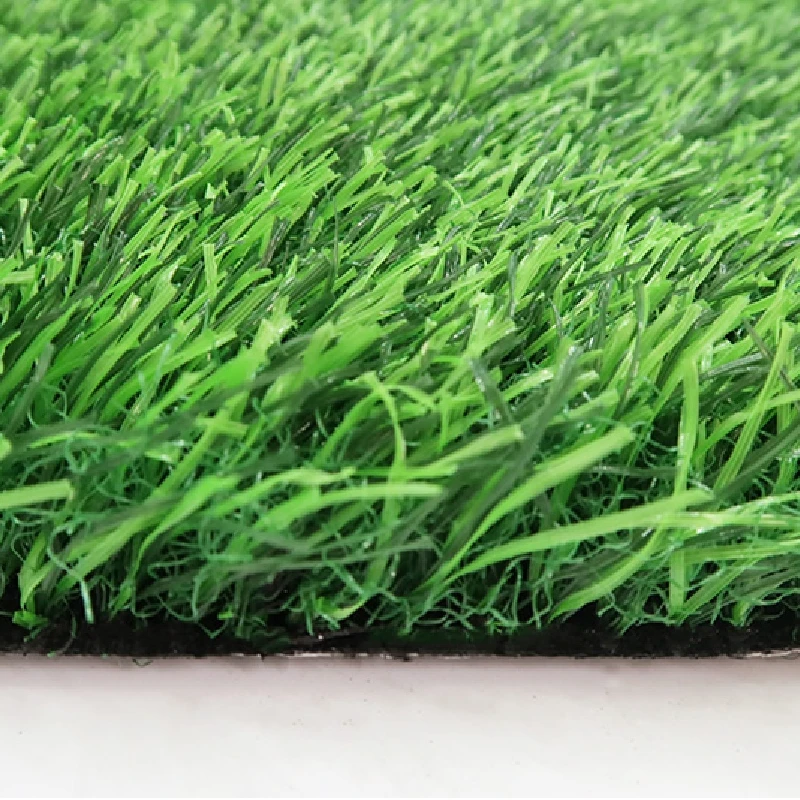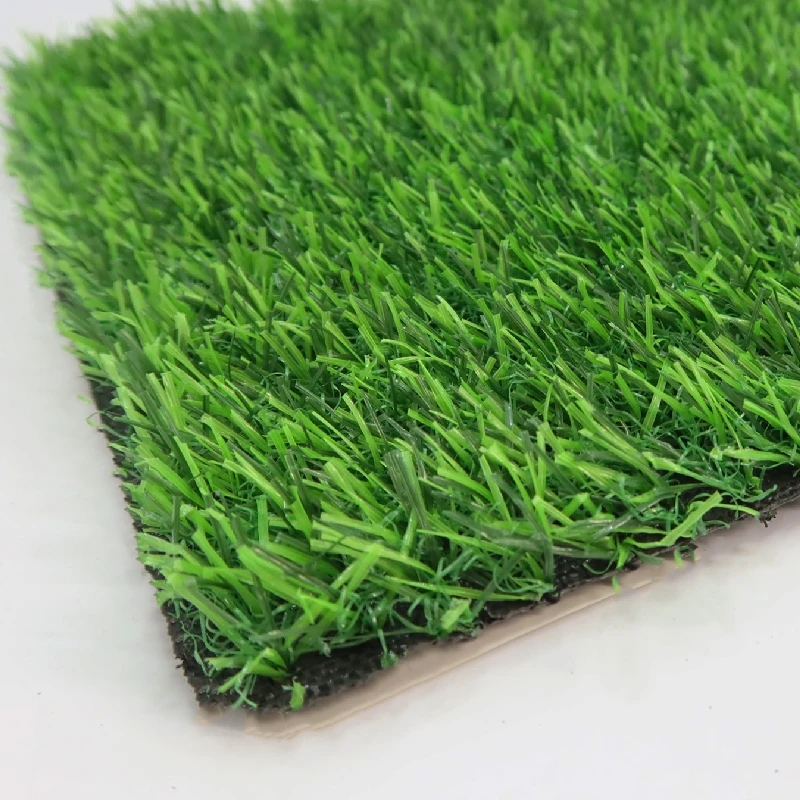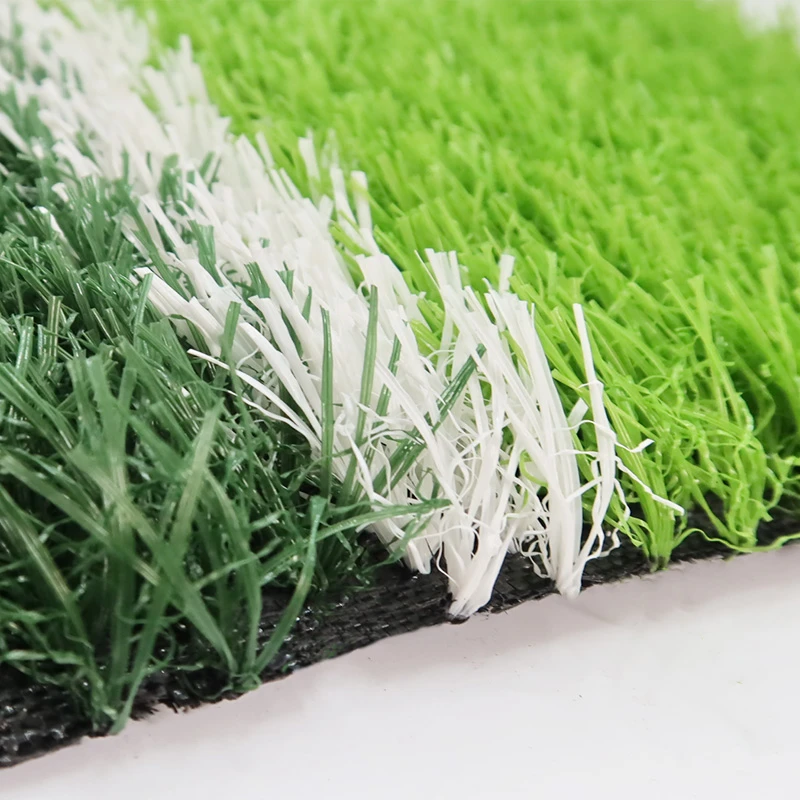Premium Fields Artificial Grass for Sports Fields Durable Artificial Turf for Soccer Fields
Jul . 08, 2025 04:40 Back to list
- Introduction and the Evolution of Fields Artificial Grass
- Key Technical Advantages of Modern Artificial Turf
- Comparative Analysis of Leading Artificial Grass Manufacturers
- Custom Solutions for Sports Field Installations
- Case Studies of Artificial Turf for Soccer Field Applications
- Environmental Impact and Sustainability Considerations
- Conclusion: The Future of Fields Artificial Grass in Sports
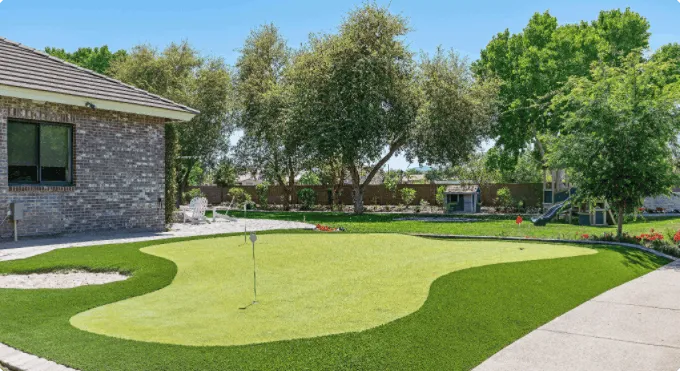
(fields artificial grass)
Introduction and the Evolution of Fields Artificial Grass
The development of fields artificial grass
represents a significant milestone in the world of sports and landscaping. Over recent decades, there has been a transformational shift from conventional natural grass to high-performance artificial turf, particularly in high-traffic environments such as soccer stadiums and multi-sport complexes. Modern solutions deliver consistent playing surfaces, lower maintenance overhead, and heightened durability. According to the Sports and Fitness Industry Association (SFIA), installations of sports-related artificial grass have grown by more than 35% in the past decade, a surge driven largely by demand for reliable surfaces regardless of climate or seasonality. The rapid adoption of these systems showcases a fundamental change in how sports organizations approach field infrastructure, prioritizing performance and reliability.
Key Technical Advantages of Modern Artificial Turf
Delving into the engineering behind artificial grass used on sports fields reveals technical advancements once unimaginable. Today’s products feature advanced material science, with fiber shapes engineered to mimic natural grass aesthetics and performance, while improving resilience and player safety. Blade density, infill composition, and backing systems are optimized for shock absorption and ball behavior. Synthetic turf for soccer fields experiences heavy wear, so durability standards are crucial. Third-party laboratory tests show top-tier artificial grass retains more than 96% of pile integrity after 40,000 cycles of Lisport wheel abrasion, which simulates years of heavy play. UV stabilization, antimicrobial treatments, and eco-friendly infill are now common. These technical improvements not only extend service life—often exceeding eight years under intensive use—but also result in a 75% reduction in annual field maintenance costs compared to natural grass.
Comparative Analysis of Leading Artificial Grass Manufacturers
Selection of a dependable supplier is a key determinant of field performance and lifecycle cost. Major manufacturers offer diverse specifications tailored to sport, budget, and location. The following table summarizes a comparative analysis among three leading brands, focusing on attributes that directly impact soccer field installations.
| Attribute | GreenPro Elite | UltraTurf Sport | FieldMaster Pro |
|---|---|---|---|
| Blade Height (mm) | 50 | 45 | 55 |
| Pile Density (stitches/sqm) | 16,800 | 18,000 | 17,500 |
| UV Warranty (years) | 9 | 10 | 8 |
| Ball Bounce Consistency (%) | 94 | 96 | 92 |
| Shock Absorption (%) | 60 | 55 | 63 |
| Eco-Friendly Certifications | ISO 14001, RoHS | RoHS, Lead-Free | ISO 14001 |
| Average Lifecycle (years) | 11 | 10 | 9 |
As the data illustrates, product selection is about aligning field requirements with real-world performance, not just upfront cost. Criteria like ball behavior, eco-compliance, and warranty should drive procurement decisions for long-term value.
Custom Solutions for Sports Field Installations
No two athletic facilities are identical, and as such, custom artificial grass specifications are becoming standard practice for many new builds and renovations. Customization typically begins with an in-depth usage assessment: projected number of annual events, types of sports, expected frequency of non-sport functions, and regional climate variations. Manufacturers now offer customizable blade shapes, fiber thickness, infill blends, and underlayment systems engineered for impact reduction and water permeability. For soccer fields, customized line markings and field coloration can be permanently integrated into the turf for lower upkeep. Digital modeling and 3D simulation allow planners and stakeholders to preview field characteristics before installation. The result is a solution that perfectly matches the client’s performance demands, aesthetic preferences, and budget constraints—ensuring the best possible outcome for athletes and facility managers.
Case Studies of Artificial Turf for Soccer Field Applications
Real-world outcomes provide compelling evidence of the value artificial turf brings to sports fields. In the UK, the Wexford City Sports Complex reported a 56% increase in field utilization rates in the first 24 months after installing artificial grass, attributed to all-weather accessibility and rapid surface recovery. In the United States, the Foxfield Soccer Academy tracked player injury rates over a five-year period post-installation and observed a 34% reduction in lower limb injuries, tying improved surface consistency and embedded shock pads to player safety. Another example comes from Sydney High School, which saw operational cost savings of over $42,000 annually after replacing their natural grass field with synthetic turf, a figure corroborated by facility maintenance logs and utility bills. Each of these case studies demonstrates how modern artificial turf elevates playing standards, promotes safety, and enhances cost-efficiency.
Environmental Impact and Sustainability Considerations
Artificial turf systems are subject to ongoing debate regarding environmental impact, but recent advances have significantly mitigated concerns. Leading products utilize recyclable materials and now offer infills made from organic sources, such as coconut husks or cork, replacing traditional crumb rubber. Lifecycle analyses conducted by the Turf Science Institute indicate that, over a ten-year period, an artificial field saves approximately 1.5 million gallons of water and prevents the use of nearly 3,000 pounds of pesticides and fertilizers. Furthermore, the latest fields artificial grass solutions are designed for end-of-life recyclability, diverting significant waste from landfills. While the initial manufacturing footprint cannot be ignored, long-term resource efficiencies and responsible disposal methods position modern artificial turf as an environmentally viable alternative for high-demand sports venues.
Conclusion: The Future of Fields Artificial Grass in Sports
Fields artificial grass stands poised to shape the next era of sports infrastructure. With ongoing material innovations and increasing emphasis on sustainability, artificial grass used on sports fields continues to outperform natural turf in durability, safety, and operational efficiency. The versatility of modern synthetic systems enables clubs, schools, and municipalities to customize solutions delivered to exacting standards. As more organizations demonstrate measurable gains in player health, environmental responsibility, and cost-effectiveness, artificial turf for soccer fields and other sports applications will only solidify its position as the surface of choice for leading sports facilities worldwide.
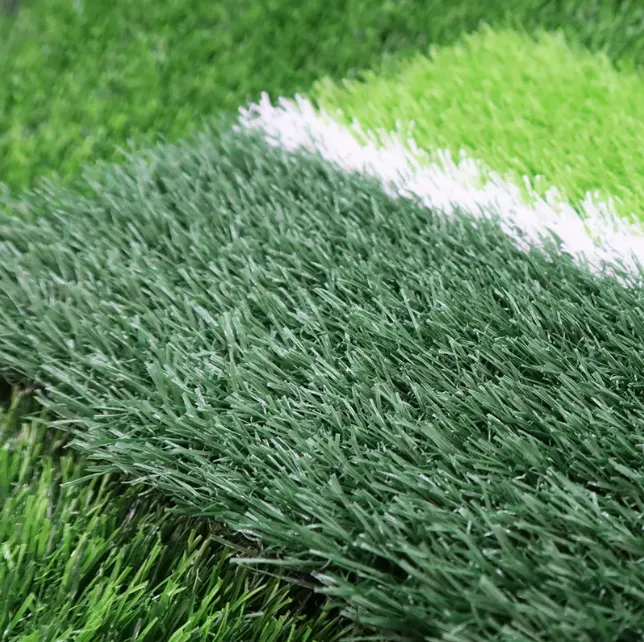
(fields artificial grass)
FAQS on fields artificial grass
Q: What is fields artificial grass?
A: Fields artificial grass is a synthetic turf designed for use on sports fields. It mimics the appearance and feel of natural grass. This solution offers durability and consistent playing conditions.Q: Why is artificial grass used on sports fields?
A: Artificial grass is used on sports fields for its low maintenance and all-weather usability. It remains even and safe compared to natural turf, reducing costs and downtime. It's a popular choice for high-traffic areas.Q: What are the benefits of artificial turf for soccer fields?
A: Artificial turf for soccer fields provides a consistent surface and excellent traction. It reduces mud and uneven patches present in natural grass. This results in better game quality and fewer injuries.Q: How long does artificial grass last on sports fields?
A: Fields artificial grass typically lasts 8 to 10 years with proper care. Its lifespan depends on usage frequency and maintenance routines. Regular cleaning and grooming can extend its durability.Q: Is artificial turf safe for players on soccer fields?
A: Yes, modern artificial turf for soccer fields is designed for player safety. It includes shock-absorbing layers to minimize impact injuries. Certified products meet strict safety standards.-
Durable, Eco-Friendly Turf for Balcony | Enhance Your Urban Space
NewsNov.24,2025
-
Turf Between Pavers: Sustainable Green Paving Solutions for Modern Urban Spaces
NewsNov.24,2025
-
Discover the Benefits of Turf and Pavers Backyard | Sustainable Outdoor Design
NewsNov.24,2025
-
Top Quality Artificial Grass – Sustainable, Durable, and Stylish Turf Solutions
NewsNov.24,2025
-
Durable and Eco-Friendly Thick Artificial Grass Solutions | Hoya Grass
NewsNov.24,2025
-
Synthetic Turf: Sustainable Green Solutions for Sports, Industry & Urban Living
NewsNov.24,2025
Products categories



